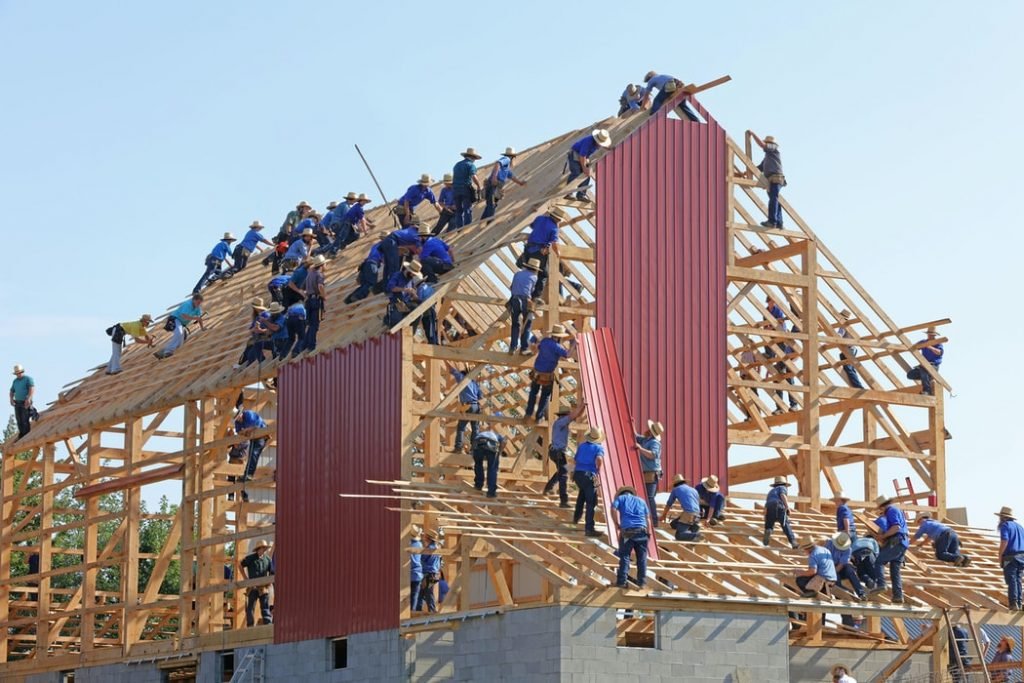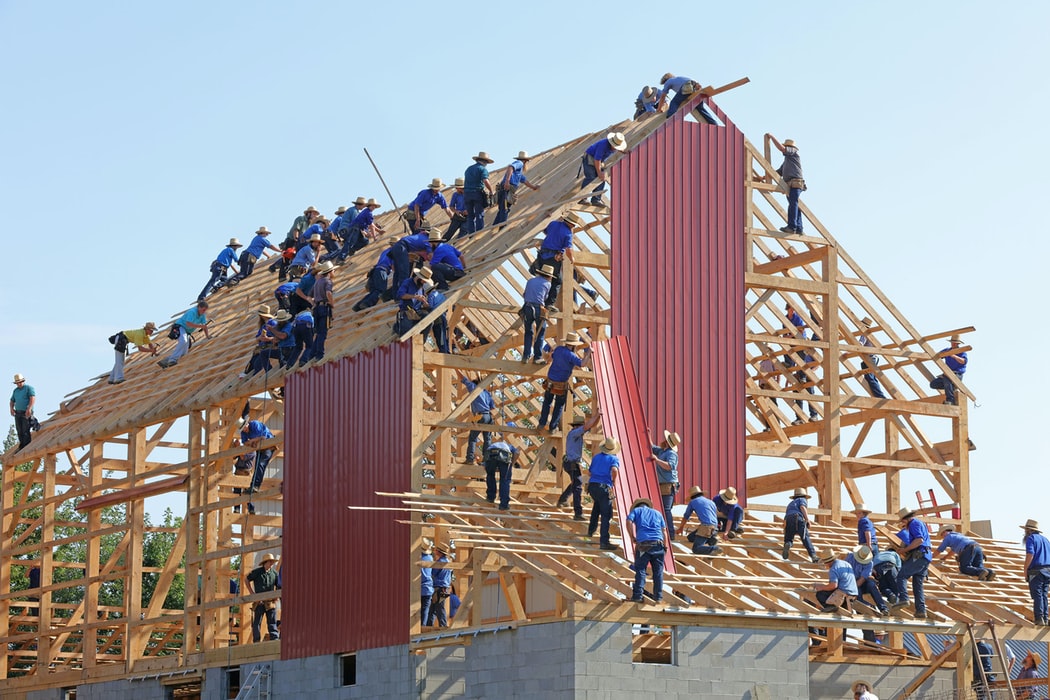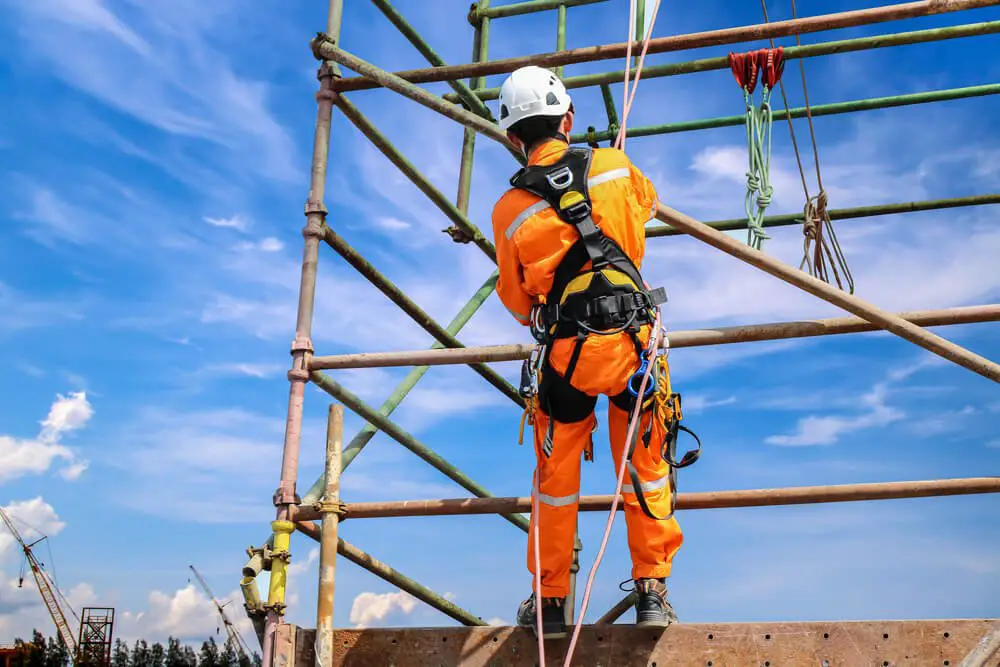
Q: Who should be responsible for rescuing fallen workers?
A: A quick review of current legislation and best practices will reveal that there is no consensus regarding who should be responsible for rescuing a fallen worker. As with many other occupational health and safety responsibilities, it seems intuitive that “the employer” should be the one responsible – but is it?
Co-workers
OSHA standards say that companies have to prepare (train and equip) the worker for self-rescue or rescue the worker in a prompt and timely manner. So it follows that the employee or their co-workers would be the designated rescuers, the ones responsible for rescuing the fallen worker. (See Rescuing Fallen Workers find out how it’s done.)
Emergency Contact
Some employers think that calling an emergency contact number is an adequate rescue plan, and it seems that OSHA agrees, but only under very specific circumstances.
What these employers fail to understand is that to use 9-1-1 as their rescue plan, they have to follow certain procedures and enter into an agreement with the specific rescue services prior to starting the work at heights. Writing 9-1-1 on their fall protection plan as their rescue would not be enough in the absence of such an agreement. Considering all the above-mentioned conditions satisfied, the emergency services would be responsible for rescuing the fallen worker.
Third-Party Rescuers
Lastly, there are third-party providers. These are companies that have rescues as their declared scope of work. Third-party providers have professional, specialized equipment available at their fingertips and they are highly trained. It’s a good option for employers to hire and delegate to them the responsibility to rescue a fallen worker on the worksite.
Regulations
ANSI Z359.2, Minimum Requirements for a Comprehensive Managed Fall Protection Program, spells fairly clearly the roles of those involved with a rescue program.
The defined “competent rescuer” is responsible for developing the rescue procedures for the specific fall hazard identified, ensuring that the authorized rescuers are trained and competent at performing the rescue under the given conditions, and identifying and securing the resources needed for performing the rescue. Any of the parties above, given appropriate training and resources, could be considered a competent rescuer.
According to the same standard, an “authorized rescuer” is the one assisting or performing the rescue under the confines of the rescue plan.
So, it seems that the responsibility for rescuing the fallen worker can be delegated by the employer to any of the above-mentioned parties.
In Canada, a fall protection plan consists of the following elements:
- Fall hazards at the workplace
- Fall protection systems to be used
- Anchors to be used (find out what is a-self retracting fall protection device )
- Confirmation of clearance distances below the work area
- Procedures to assemble, maintain, inspect, use, and disassemble the fall protection systems
- Rescue procedures
In Canada, by default, rescue is a mandatory component of the fall protection plan and thus the responsibility of the employer. OSHA seems to have different mandated components of the fall protection plan, but the rescue is not one of them. At first, sight, considering all the comments above, it seems that the responsibility for the rescue is passed to the “authorized rescuer,” who might not be a company employee.
But OSHA’s general duty clause and the requirement for “prompt rescue” are clearly alluding to the fact that it is the employer’s responsibility to ensure prompt rescue is in place. It follows that the company has to make the appropriate arrangements, even when hiring a third party. Making the arrangements make you responsible for the functional deployment of the plan, so even if the employer is not responsible for executing the rescue, it is responsible for its outcome.
Other Recent Questions
- Free Download Common Firefighter Job Interview Questions and Answers
- High Rise Fire Safety Questions and Answers
- Scaffold Safety self Audit and checklist
- HSE Interview Questions and Answers for Oil and Gas
- Q& A: Which is better Cast Iron or concrete counterweight in the tower crane? and What is the purpose of a counterweight?
- Top 154 Safety Interview Questions and Answers for successful
- Online Quiz: Top 13 Industrial Safety Objectives Questions
- Q&A: What Does Fire Load Mean? and How do you calculate it?
- HSE Interview Questioners
- Q & A: Do Manual Hoists and Trolleys Require a Load Test after Installation?
- Safety Record keeping
- Is Magnetic Particle Testing required by an OSHA or ASME standard?
- What is the difference between fall protection and fall prevention
- Conventional or Addressable Fire Alarm System?
- Online Quiz: Personal Protective Equipment (PPE)
- 68 HSE Interview Questions
- Online Quiz: Work and home fire safety
- Q & A: What is the Difference between Process shutdown and Emergency Shutdown?
- Interview Questions on Fire Alarm System
- Online Quiz: lightning Safety
- Q & A: What happens if I tie off at the foot level with a personal SRL?
- E-Books: Book of Questions and Answers Safety Health
- Q & A: What kind of gloves are best for stick welding?
- Q & A: Does anyone other than equipment operators need to be trained in lockout/Tagout?
- Work-Related Stress short guide
- How many wheel chocks do should I use per trailer?
- How is wind chill calculated?
- How do cooling towels work?
- What’s an efficient way to account for everyone in the event of an on-site emergency?
- Who should be responsible for rescuing fallen workers?
- When should workers use polarized safety glasses?
- Q & A: What PPE should I use when working at home?
- Q & A: What are the Types of scaffold’s load?
- Coronavirus disease (COVID-19) Questions & Answers
- What procedure should we follow to reactivate equipment that has been locked out?
- What are some of the guidelines around using back support belts in the workplace?
- What is the difference between a hazard and a risk?
- Are nitrile gloves safe?
- Bump Testing Gas Detector 6 Important Questions
- Online Quiz:The Lab Safety Symbols
- Can you wear any pair of earmuffs with a hard hat?
- Online Quiz:Health and Safety Signs
- Online Quiz:Personal Protective Equipment (PPE)
- Online Quiz:Construction Safety -Excavation
- What is Meaning of %LEL , %UEL , PID
- Online Quiz:Ladder safety, Test your self
- Online Quiz:Electrical safety, Test your self
- Fall Protection Systems Quiz Test Your Knowledge
- What is the general safety Rules and apply to whom?
- What can we do about rain protection for arc flash work?
- What is a self-retracting fall protection device?
- What is the difference between primary and secondary spill containment?
- How does dehydration impact workplace safety?
- What is the difference between safety goggles and glasses?
- Safety interview Questions and Answers Part 2
- Safety interview Questions and Answers Part 1




